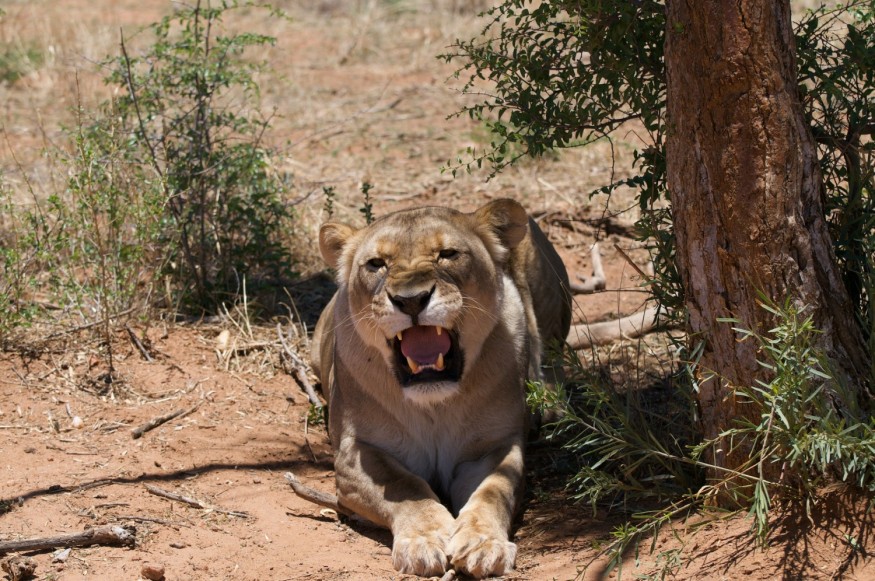
Scientists have unearthed fossils that will show two new species of the saber-toothed cats in South Africa.
A report on Live Science noted that these fossils could be 5.2-million-years old. Experts discovered the new species, namely the Dinofelis werdelini and Lokotunjailurus chimsamyae, near the town of Langebaanweg that is located on the west coast of South Africa.
The new species were unearthed together with the other known species of the extinct feline, namely the Adeilosmilus kabir and Yoshi obscura.
These species belong to the subfamily Machairodontinae, which is considered as an extinct group of feline predators that included most species of the saber-toothed cats.
Findings on the latest species of saber-toothed cats
The study, posted on iScience, disclosed that the Langebaanweg 'E' Quarry, where the species were found, has been considered as one of the most important fossil communities that was able to document the Mio-Pliocene environmental change and animal evolution in the region.
Researchers said species from the genus Dinofelis werdelini were already discovered in other regions such as Europe, North America and China. For its part, those of from Lokotunjailurus chimsamyae were commonly found in Kenya and Chad.
It is then believed that saber-toothed cats could be widespread during their existence compared to other theories of where and how they live.
During the course of the study, the experts had compared the bones of the newly uncovered species from the known saber-toothed cats to determine the possibility of having a new family tree for the saber-toothed cats.
It was found out that the four species from the quarry were not closely related to one another. Researchers concluded that it is possible these species had occupied varying ecological niches during their existence despite the fact that they live in the same area and at the similar period.
The Dinofelis werdelini and Yoshi obscura were described to be smaller and more agile, and it is possible that they inhabited the covered environments, such as forests.
On the other hand, the Lokotunjailurus chinsamyae and Adeilosmilus kabir could be larger and more adapted to running at high speeds. Researchers said they could lived in open grassland environments.
The climate could have an impact on the habitats of these species as Africa had turned from a giant forest into an open grassland.
Humans as bipedals
Researchers further believed that the latest discovery would be a gateway to more studies about the bipedalism of hominids, according to a report on Science Daily.
They said understanding the shift in ecosystem across Africa may help reveal how human ancestors, or hominins, became bipedal. The change in the environment was believed to have been an "important trigger" that pushed hominins to walk on two legs.
"The saber-tooth guild in Langebaanweg and its environmental and paleobiogeographic implications provide background for future discussion on hominid origination and evolution," they said.
The experts also saw the similarity between the composition of saber-tooths in Langebaanweg to those of Yuanmou, China. They speculated that the Yuanmou's Longchuansmilus saber-tooths could have a close evolutionary relationship with Africa's Lokotunjailurus species.
Related Video:
© 2025 NatureWorldNews.com All rights reserved. Do not reproduce without permission.





